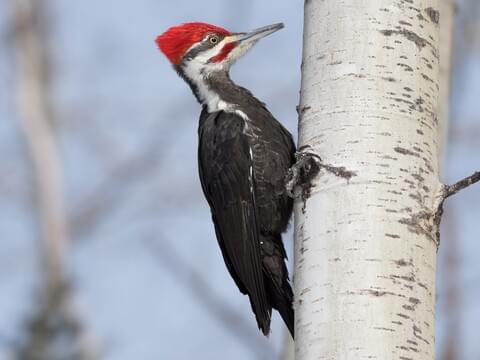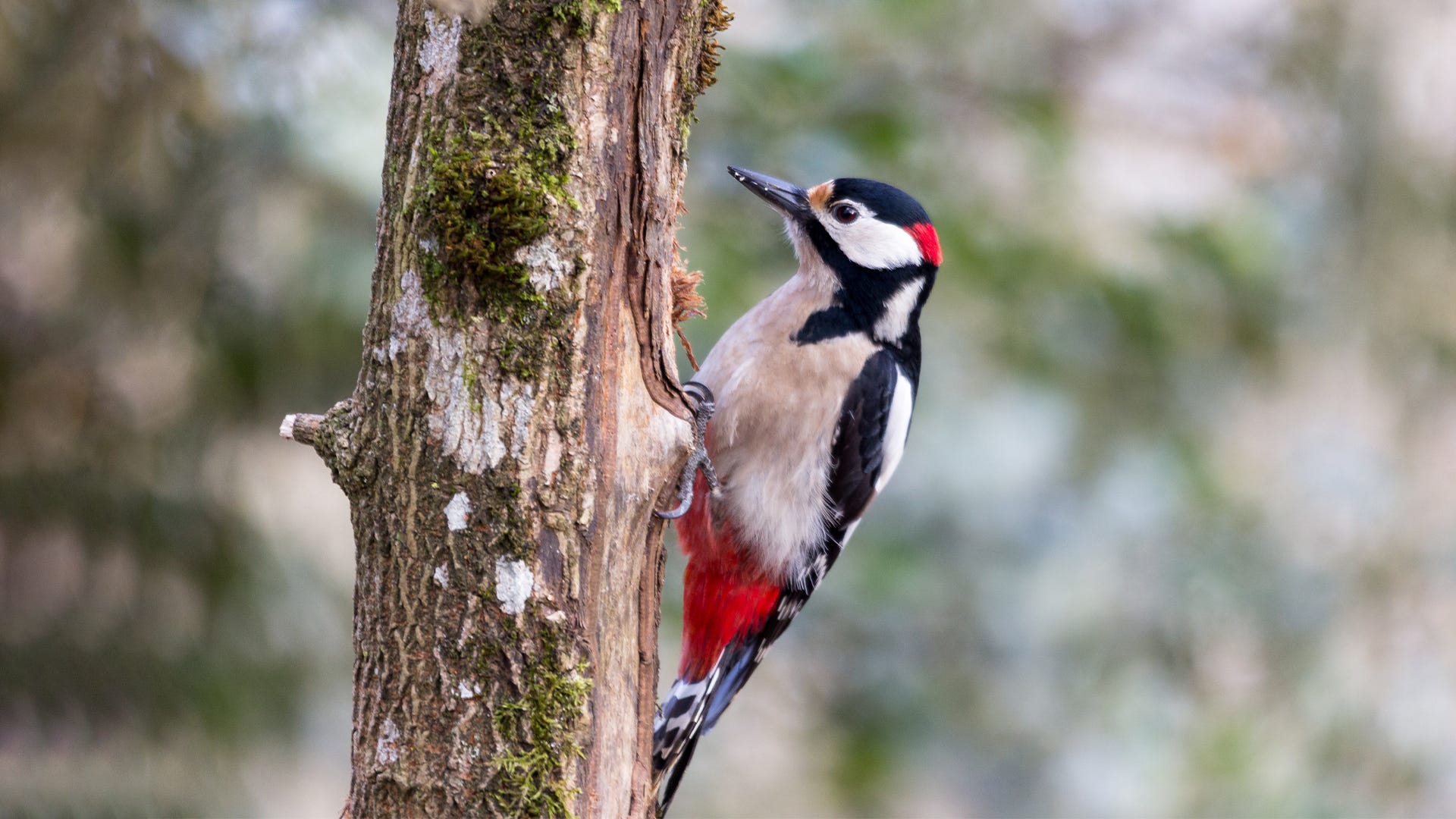Discovering Woodpeckers in Florida: Variety Variety and Nature
Discovering Woodpeckers in Florida: Variety Variety and Nature
Blog Article
Introducing the Keys of Woodpeckers: Behavior, Habitat, and Extra
Woodpeckers, with their one-of-a-kind habits and specialized adjustments, have long interested scientists and nature fanatics alike. By discovering the secrets surrounding woodpeckers' habits and habitat choices, a deeper understanding of these avian wonders arises, providing a peek into their fascinating globe.
Woodpecker Habits Insights
In taking a look at woodpecker actions, a remarkable display of specialized abilities and adjustments arises, dropping light on their impressive environmental particular niche. Woodpeckers, recognized for their unique drumming on trees, have a range of behavior traits that contribute to their survival and success in their environment.
Furthermore, woodpeckers exhibit a special feeding behavior identified by their capacity to extract insects from tree bark using their specialized beaks. Their lengthy, barbed tongues aid in recording target, while their strong neck muscles offer security and precision throughout pecking activities. This feeding technique enables woodpeckers to gain access to hidden insect larvae and remove them with exceptional efficiency.
Habitat Preferences and Selection
What elements affect the habitat choices and selection of woodpeckers? One crucial element affecting woodpecker environment choice is the accessibility of appropriate nesting websites. Woodpeckers commonly favor forests with a mix of mature trees that give enough possibilities for tooth cavity excavation.
Additionally, woodpeckers show a preference for habitats with a bountiful supply of food sources. They are mainly insectivorous, eating beetles, ants, larvae, and various other pests located in rotting timber or tree bark. Therefore, woodpeckers have a tendency to prefer wooded areas with a diverse insect populace to satisfy their nutritional demands.
Furthermore, the existence of dead or rotting trees is one more crucial variable in woodpecker habitat selection. These trees not just offer food resources but additionally offer ideal substratum for dental caries excavation. Dead trees are necessary for the maintenance of healthy woodpecker populations, as they play a vital duty in the woodpeckers' life process and ecosystem characteristics.
Feeding Behaviors and Diet Regimen Structure
Woodpeckers show a specialized feeding actions concentrated on foraging for insects within various environments. Their diet plan largely includes insects such as beetles, ants, caterpillars, and crawlers, which they find by tapping on tree bark and paying attention for the sound of movement inside. Woodpeckers utilize their solid beaks to drill into the timber and their long, barbed tongues to remove victim from holes. Along with insects, woodpeckers also take in tree sap, fruits, nuts, and seeds, including selection to their diet plan depending upon the season and accessibility of food resources.
The foraging strategies of woodpeckers are well-adapted to their arboreal way of life (Woodpeckers in Florida). Their capacity to excavate timber not only offers them with food read the full info here however additionally helps in developing nesting tooth cavities and establishing territories. Woodpeckers play a critical role in preserving the wellness of woodlands by controlling insect populaces and aiding in the decay of wood. Understanding their feeding behaviors and diet regimen structure is vital for conservation initiatives intended at protecting these one-of-a-kind and useful birds.
Drumming Appears and Interaction
Making use of quick drumming audios on different surface areas, woodpeckers use a distinct kind of interaction to signal region boundaries and draw in friends. This drumming habits is not only a way of interaction but likewise acts as a means for woodpeckers to establish their existence within a certain location. The strength, rate, and pattern of the drumming can communicate vital details to various other woodpeckers around.
Woodpeckers make use of drumming audios to announce their presence in a region and to advise off prospective trespassers. The loud and recurring nature of the drumming works as a clear signal to other woodpeckers that the location is already claimed. This helps in minimizing problems and decreasing physical battles between individuals.

Survival Adaptations and Specialized Makeup

Conclusion
Finally, woodpeckers show one-of-a-kind habits, such as drumming sounds Visit Your URL for communication, and have specialized makeup for survival in their selected environments. Their feeding practices and diet structure better demonstrate their versatility to different settings. By understanding these elements of woodpeckers, researchers and preservationists can better safeguard and protect these remarkable birds and their ecological communities.
Report this page